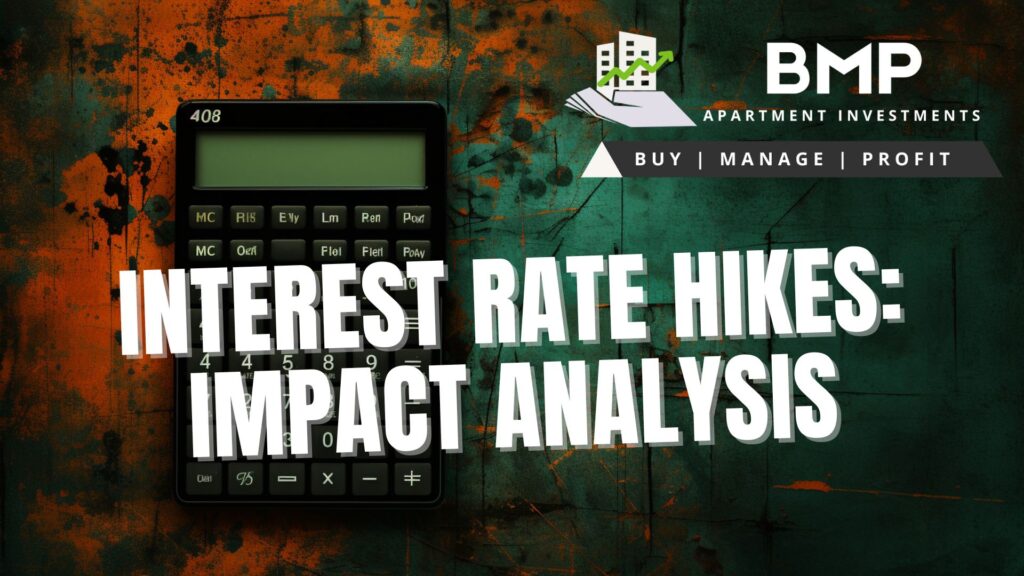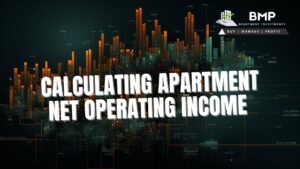The Federal Reserve’s decisions regarding interest rates have a significant impact on various sectors of the economy, including the real estate market. In this article, we will explore how the Federal Reserve’s move to increase interest rates can affect multifamily investors. We will examine the implications of higher interest rates and provide examples, along with relevant facts and figures. Let’s delve into this important topic.
Understanding the Federal Reserve’s Role in Setting Interest Rates
The Federal Reserve, often referred to as the Fed, is the central banking system of the United States. One of its primary responsibilities is to regulate monetary policy and set interest rates. The Fed’s decisions influence borrowing costs, money supply, and overall economic stability.
The Impact of Interest Rate Increase on Multifamily Investors
1. Increased Cost of Borrowing
When the Federal Reserve increases interest rates, it directly affects the cost of borrowing for multifamily investors. Higher interest rates translate into higher mortgage rates, making it more expensive for investors to finance their multifamily property acquisitions or refinancing efforts. This can lead to decreased purchasing power and reduced investment opportunities.
2. Lower Property Valuations
Higher interest rates can impact property valuations in the multifamily market. As borrowing costs increase, potential buyers may become hesitant or unable to afford the same level of investment. This decreased demand can result in lower property valuations, potentially affecting the profitability and overall value of existing multifamily investments.
3. Impact on Cash Flow and Return on Investment (ROI)
Multifamily investors rely on rental income to generate cash flow and achieve a favorable return on investment. When interest rates rise, tenants’ borrowing costs also increase, potentially affecting their affordability and ability to pay higher rents. This can put downward pressure on rental rates and, consequently, impact the cash flow and ROI for multifamily investors.
4. Slower Market Activity and Investor Sentiment
An increase in interest rates can lead to a slowdown in the multifamily market activity. Potential investors may delay their investment decisions, waiting for more favorable interest rate environments. This decreased market activity can result in reduced liquidity and potentially affect investor sentiment, causing uncertainty in the multifamily real estate market.
5. Evaluating Financing Strategies
Multifamily investors need to evaluate their financing strategies in response to interest rate increases. They may explore alternative financing options, such as adjustable-rate mortgages (ARMs), to take advantage of lower initial interest rates. However, it’s important to consider the risks associated with adjustable rates and potential future interest rate adjustments.
Example: Impact of Interest Rate Increase on Multifamily Investors
Let’s consider an example to illustrate the potential impact of an interest rate increase on multifamily investors. Suppose an investor plans to purchase a multifamily property worth $10 million with a 25% down payment and a 30-year fixed-rate mortgage. With an interest rate increase of 0.5%, the impact on the investor’s financials would be as follows:
- Increased monthly mortgage payment: The investor’s monthly mortgage payment would increase by approximately $2,100 due to the higher interest rate. This reduces the cash flow from the investment property.
- Reduced affordability: Higher interest rates may deter potential tenants from renting units, leading to longer vacancy periods and potentially lower rental rates. This can impact the investor’s ability to generate consistent rental income.
- Lower return on investment: With increased borrowing costs and potentially lower rental income, the investor’s overall return on investment may decrease. It is crucial for multifamily investors to carefully analyze their investment projections and consider the impact of interest rate changes.
Conclusion
The Federal Reserve’s decision to increase interest rates can have a profound impact on multifamily investors. Higher borrowing costs, lower property valuations, potential cash flow challenges, reduced market activity, and the need for strategic financing evaluation are all factors to consider. Multifamily investors must closely monitor interest rate trends and adapt their investment strategies accordingly to navigate the evolving real estate market successfully.











